I'd like to detect juice boxes of a certain type on a store shelf.
My code approach so far:
import numpy as np
import cv2
import json
from skimage.measure import label
import sys
import matplotlib.pyplot as plt
from PIL import Image
def return_boxes(img, template):
w, h = template.shape[::-1]
res_img = np.int16(img.copy())
img_gray = cv2.cvtColor(img, cv2.COLOR_RGB2GRAY)
match = cv2.matchTemplate(img_gray, template, cv2.TM_CCOEFF_NORMED)
loc = np.where(match >= 0.4)
lbl, n = label(match >= 0.4, connectivity=2, return_num=True)
lbl = np.int16([np.round(np.mean(np.argwhere(lbl == i), axis=0)) for i in range(1, n + 1)])
centers = [[pt[0]+w//2, pt[1]+h//2] for pt in lbl]
for pt in zip(*loc[::-1]):
cv2.rectangle(res_img, pt, (pt[0] + w, pt[1] + h), (0,0,255), 2)
return res_img, centers
def color(img):
return cv2.cvtColor(img, cv2.COLOR_GRAY2BGR)
def gray(img):
return cv2.cvtColor(img, cv2.COLOR_BGR2GRAY)
def predict_image(img, query):
template = gray(query)
res_img, centers = return_boxes(img, template)
return res_img, centers
And the result
is far from accurate. How can I improve it? I can obviously change threshold or resize the image/template, but it does not seem universal and robust. Are there ways to improve such matching for different shelves and boxes? Some preprocessing of image perhaps.


